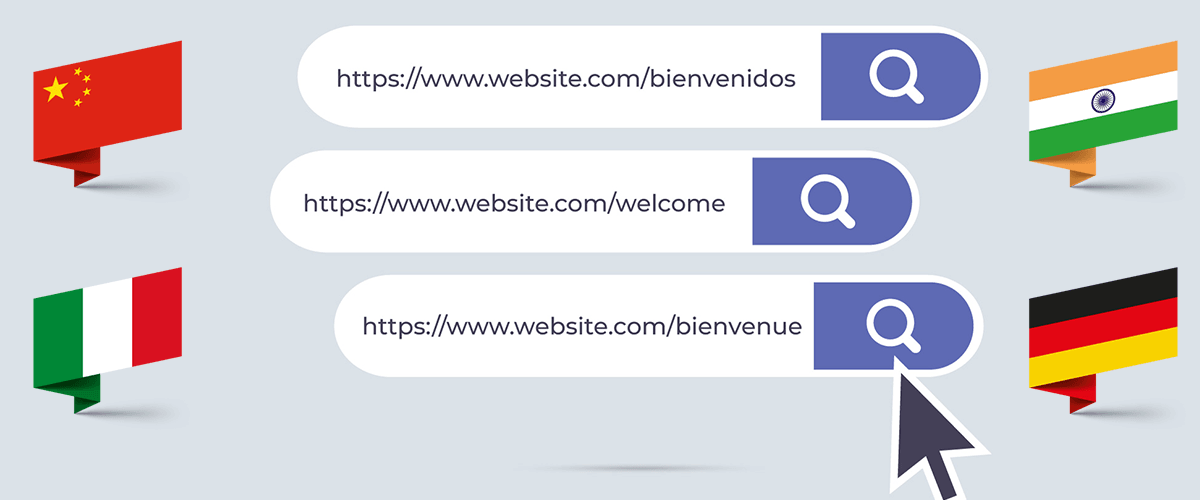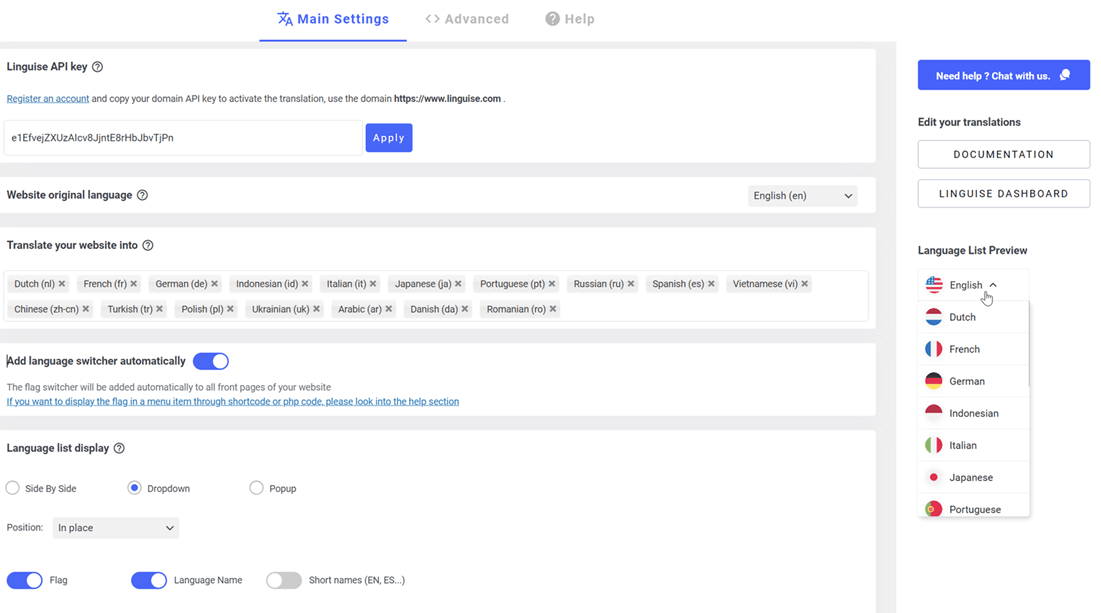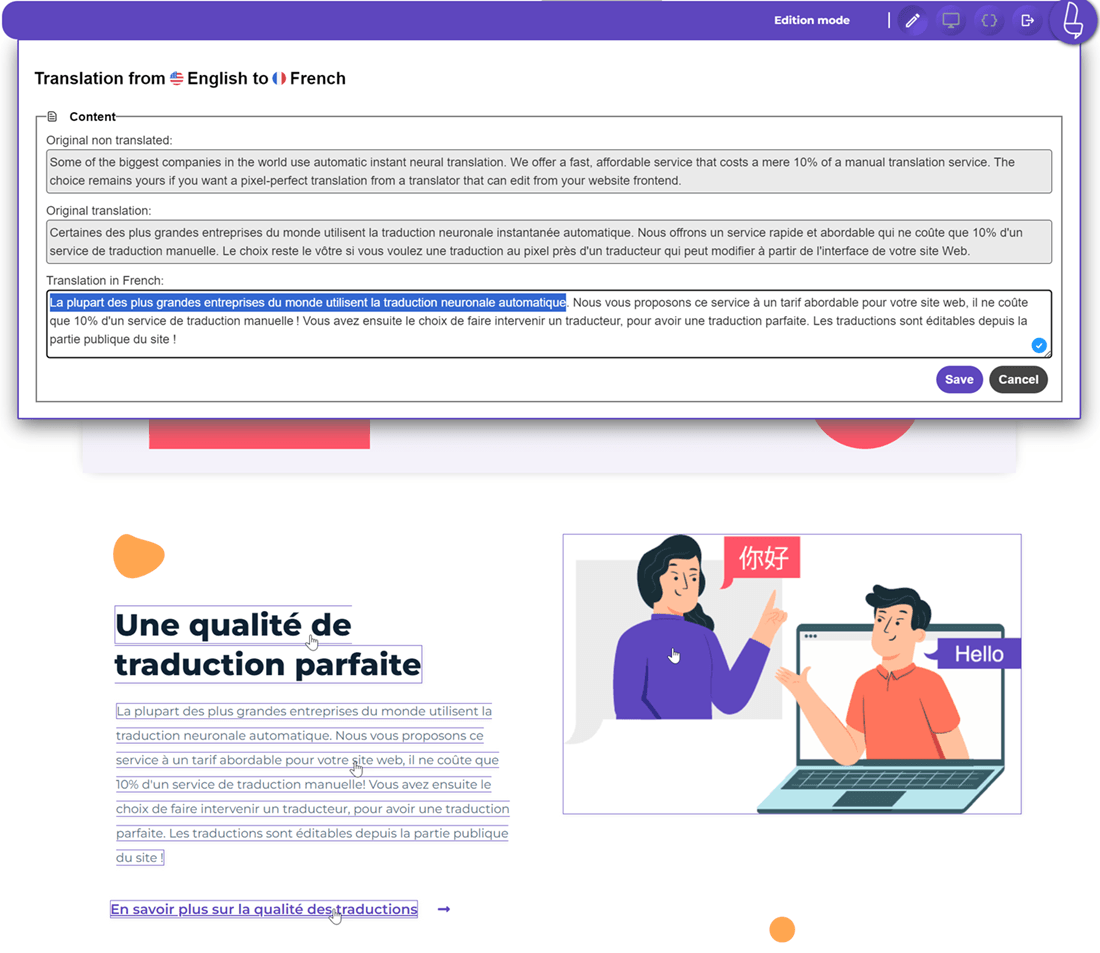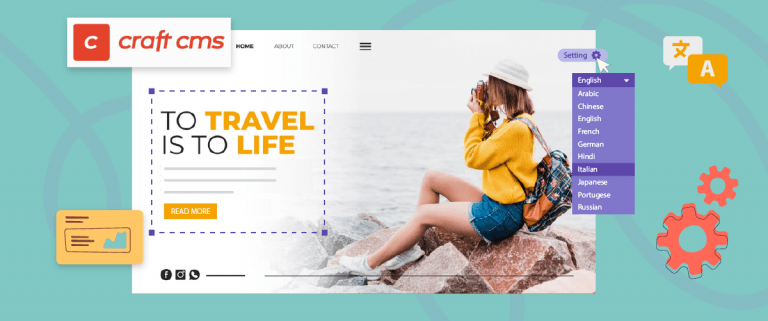Why wouldn’t you want to see more traffic on your website? Optimizing your SEO for different languages and countries is the simplest way to do this. Keep in mind that most of the world does not speak English when you’re marketing your content internationally–the potential customer base is massive. If you’re only targeting English speakers based in your country, you’re missing out on a huge audience.
If you want to succeed in the international market, multilingualism is essential, but that’s not all. You must also follow a few best practices. This article will provide a step-by-step guide on how to optimize your website for different languages and countries.

Plan a Strategy for Multilanguage SEO
Before you begin your multilingual SEO journey, it is important to have a plan in place. When you expand your business internationally, you need to choose which languages to target and how best to adjust both your website content and its technical aspects for these new markets. Keep the following in mind when planning your multilingual SEO strategy.
Reach Your Effective Audience, languages is different from countries
You can’t choose which languages to target until you understand your audience. Once you know your target audience well, look into which languages will help you reach them most efficiently.
A language is different from a country, a well-known example is Spanish. With a Spanish translation, you’ll surely target Spain but also many other customers from the United States that speak Spanish but also millions of people in South America!
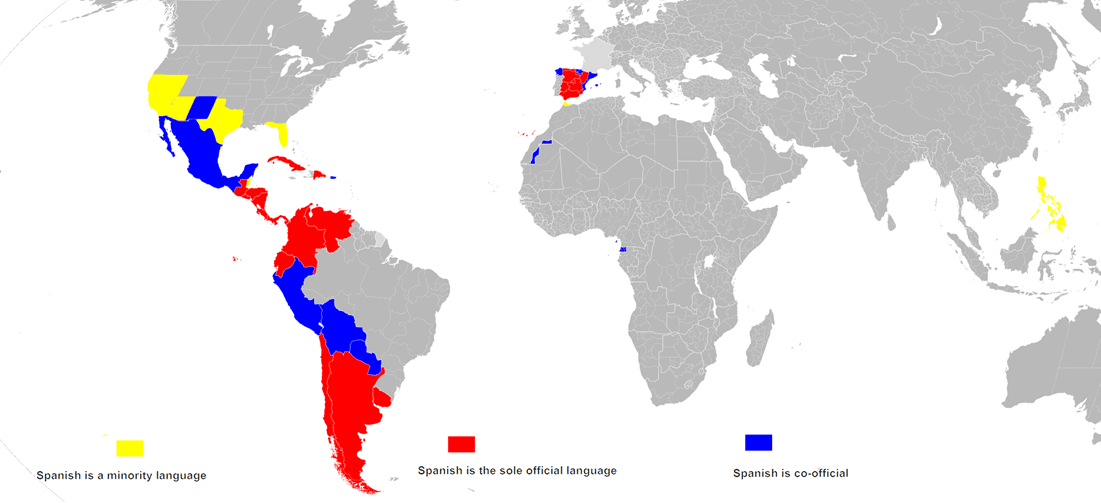
Pick the Language and Location that are Best for you
After you’ve decided which languages to target, carefully select the locations that will be most favorable for business. You’ll want to carefully select the country or region that speaks each language.
For example, if you’re targeting Spanish speakers in the United States, you’ll have more success targeting “Spanish (United States)” than just “Spanish.” Because Spanish is spoken differently in various countries, you need to confirm that you’re communicating with your target audience through the most relevant dialect.
Correct keywords and think sentence
No SEO strategy is complete without keywords, and this fact becomes even more true when expanding your reach to multilingual audiences. When targeting multiple languages and locations, you need to be mindful of the phrases you use in each one.
To find the right keywords for your website, consider using Google Keyword Planner, SEMrush, Ahrefs, or simply doing a Google search. They’ll assist you in uncovering keywords related to your business that are regularly searched for in a given area.
A more general advice would be to focus on sentences instead of only keywords, a page title that is a small sentence is easier to translate with an automatic translation but also for a human translator.

Select the Best Search Engine
Google might be the most well-known search engine, but there are other engines that are more popular in some parts of the world. For example… Keep China in mind. If you want Chinese users to see your website, then Baidu should be a part of your strategy since it is the most popular search engine among them.
Not only are there global search engines like Google, Yahoo, and Bing, but also many regional ones. Examples of well-known regional search engines are Baidu (China), Yandex (Russia), and Naver (South Korea). Be sure to take the time to research which option would be best for you.
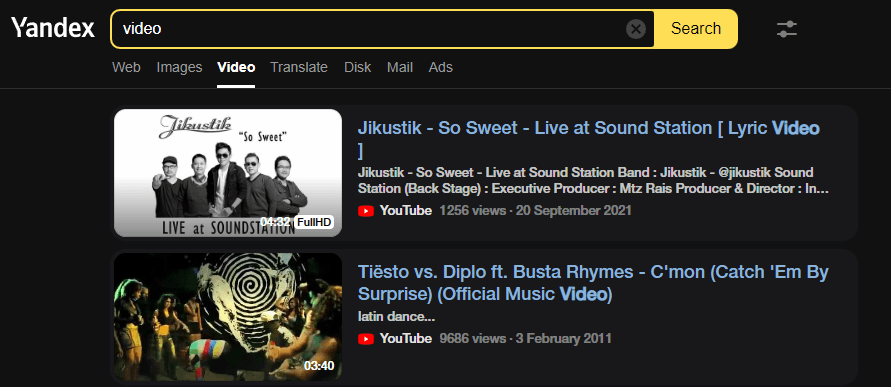
Select a Domain name and URL structure that makes sense for your business
This point is crucial. Here’s why: Besides technical details, it’s essential to study users’ habits and preferences. What does that mean? For example, in some countries, people are unlikely to visit websites that don’t have domains specific to their country.
Offer and site notwithstanding, if you don’t address the needs of your target audience, you won’t succeed. Research is key to determining what those needs are. For example, cultural differences must be taken into account when doing business in other countries; a one-size-fits-all approach simply won’t cut it.
For example, people from Ukraine or Russian are used to browse domains and URL based on Latin alphabet and also Cyrillic alphabet, not a problem, this is the same in some Asian countries like in China.
Select a High-Quality Automatic Translation Tool
If you want to make your website’s services available internationally, the first thing you need to do is translate your content into relevant foreign languages. Even though automated translation sites like Linguise have recently become the primary way people translate, some worry that the translations are never as good quality-wise compared to a human translation. Fortunately, this isn’t an issue with Linguise. If you want your website to do well internationally, optimizing it for search engines is non-negotiable.
Because of recent advancements in machine translation software services and guidelines from search engines (like Google), you can now configure your website for SEO while using an automated translation service. Additionally, being able to edit translations has also been a useful addition in ensuring that a website is search engine-friendly.
Linguise is a dependable neural network translation service that can help with any language barrier. Here’s a guide on how to configure your website for automatic search engine optimization using Linguise.
Make a Revision of the SEO Translated Content
Linguise is a fantastic program that can quickly translate your site’s content into multiple languages. Google search engines will rank your website lower if “Text translated by an automated tool without human review or curation before publishing.”
It’s essential to understand that you don’t have to come altogether steer clear of automatic translation. Always get a human to review automatic translations before making them public. Optimizing your titles, slug, and other content for your focus keyword should already be part of your workflow so this new task shouldn’t require extra effort.
If you want to be both efficient and thrifty, follow this workflow when using Linguise translation services for SEO translation:
- Use the Linguise translation service to create your first translations
- To improve accuracy, have a human follow-up and review the translations
Learn how to Optimize your Website for different Languages
Now let’s explore how to set up SEO for multilingual languages. What sets this apart from optimizing for a specific country? It is logical to have your French website in the French language. If you have a site that is available in multiple languages, you may need to set up separate versions of the site for each language. For example, if you have a Canadian version of your site, it will need to be available in both English and French.
Create a Sitemap
In order for search engines to locate your content, you must construct a comprehensive sitemap that contains the language data. The IKEA sitemap contains pages for all of its international versions. This aids search engines in correctly categorizing the pages and presenting them to the right people.
Use the Hreflang and Alternate Tag
If you have several languages on your website, you need to respect strictly some requirements for your content to be indexed. The language tags and alternate URLs are one of them. The language indicated the language the page is supposed to be (Google will do the rest to index the page in the proper countries) and the alternates URLs are the other language URLs the page is also available.
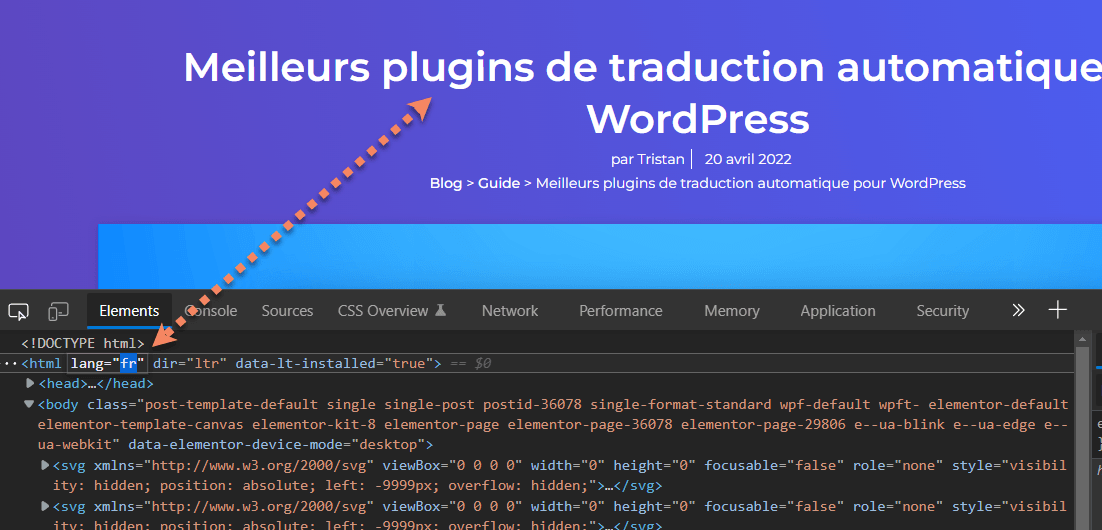
Review your Text for any Issues
The last step in adding languages is to ensure that everything works correctly. It is essential to determine if your off-page SEO efforts will be beneficial before you begin building. The Google Search Console is a great way to ensure that your website is running smoothly.
SEO Setup for Different Countries
Sometimes, you want to customize your website for a specific language. At times, you’ll need to show distinct content to readers in other countries. If you follow the proper steps, it’s easy to do. Here are the strategies you need to know, in order, to set it up correctly.
Update your Website's HTML Depending on the User's Location
To make your content relevant to a new region, start by making it as specific as possible. Multiple areas of your HTML content, including your title, meta description, navigation, and headings can be changed to improve user experience. The goal is to create a page that stands out and has its own purpose.
Adjust Prices to Match the Corresponding National Currency
If you have an e-commerce store or if selling products is the main part of your website, it’s beneficial to show pricing in the local currency. If you want to do business internationally, list any requirements for orders placed, i.e. shipping fees and taxes.
Vary your Content to Match Local Customs
There are times when the content on your website won’t be interesting or useful to the people who see it. If that is the target audience, then make an effort to give them something more specific on the page.
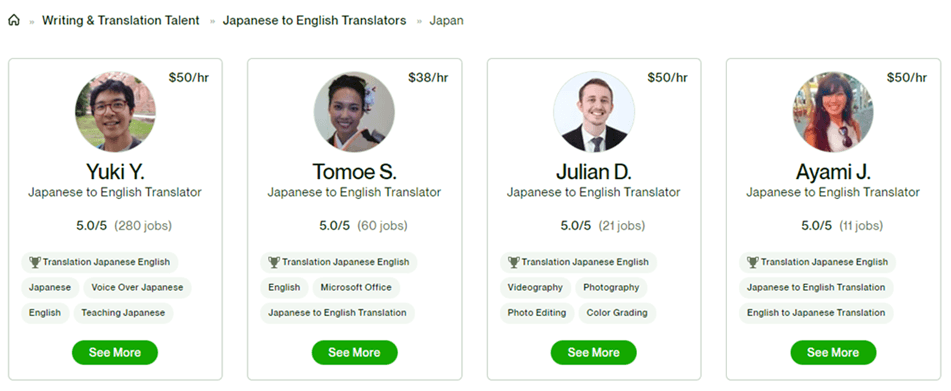
Familiarize yourself with the Local Laws and Customs
Contrary to popular belief, you are not exempt from regulations when abroad. If you have an updated website, ensure that the products you sell are legal in your country.
Going beyond, SEO Translation vs Localization
Although SEO translation and localization are similar, they are two different topics. Website localization strives to give your viewers a seamless experience, regardless of their location or language. Whereas SEO translation’s main goal is improving your ranking on Google for translated content.
For instance, let us hypothetically say you have an eCommerce store. Your market to shoppers in the USA with one English version of your website and for Spanish buyers, you have a different site that is in Spanish. SEO translation services focus on translating and optimizing your product pages for Google search ranking. By localizing your website, you would adapt every element of it to better serve a specific geographic region.

